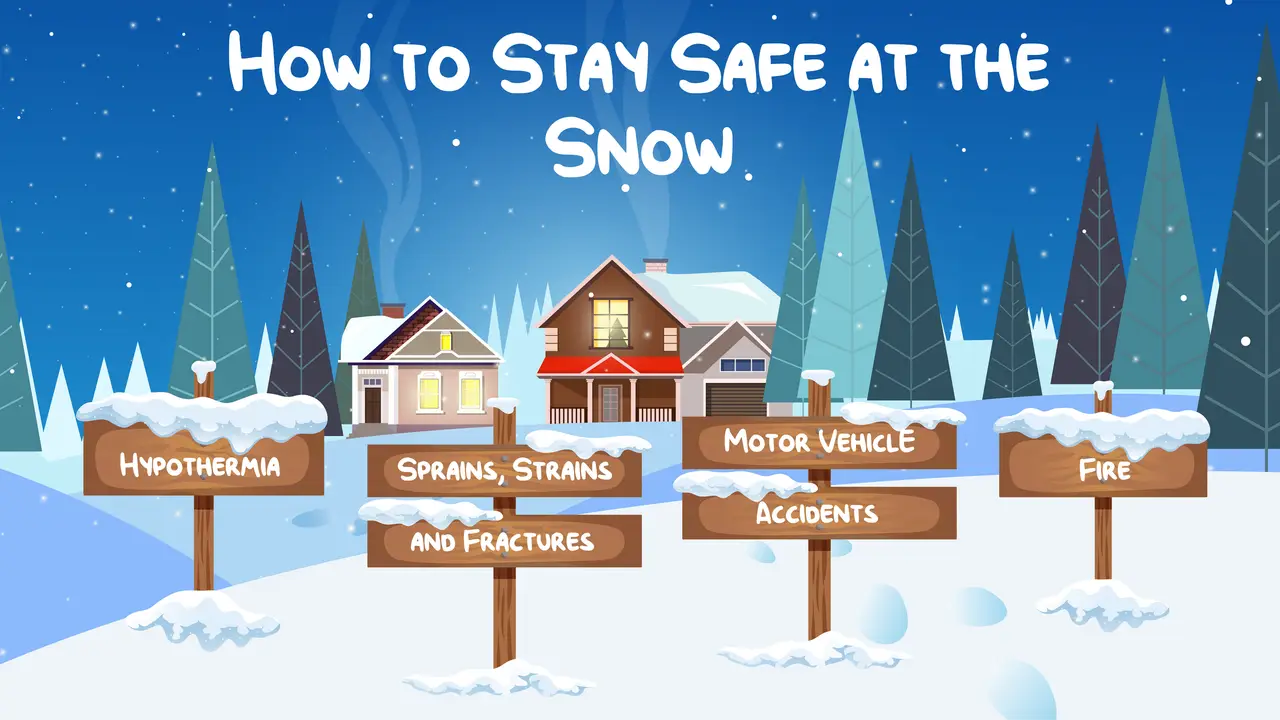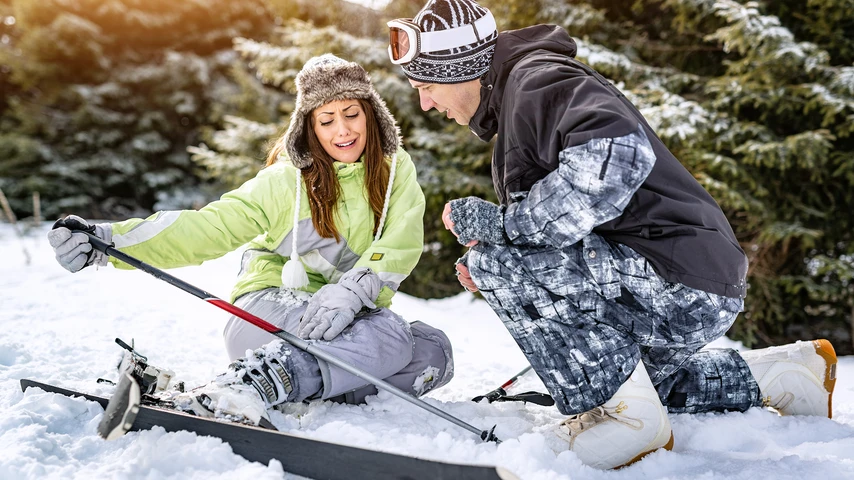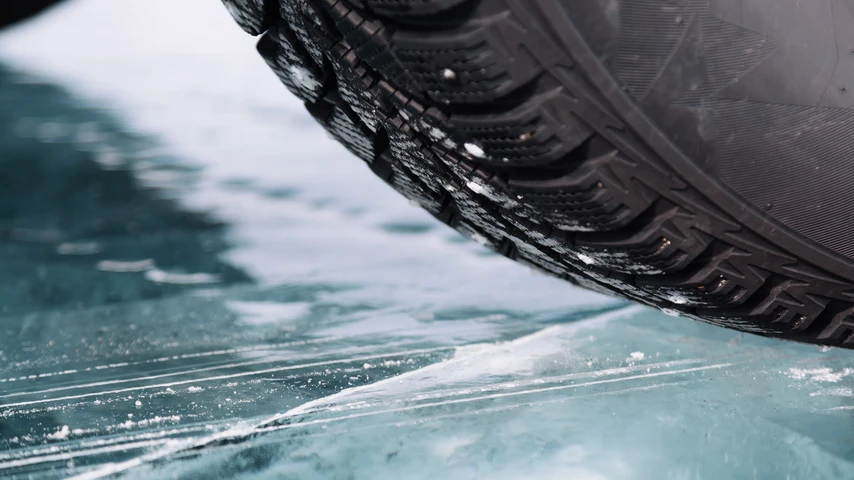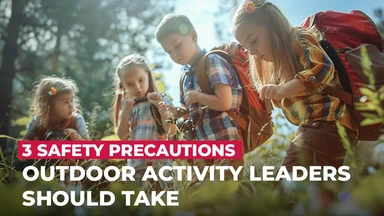How to Stay Safe at the Snow


The snow is not all fun and games. It does pose an environmental hazard and cause many problems and even death to Australians.
The four common injuries that occur during winter are hypothermia, snow sports injuries, motor vehicle accidents and house fires. More Australians die in the winter months than in summer months.
The very young and the very old populations are most vulnerable during winter.
It is the month of June and winter is well and truly upon us. There is always much excitement in the air about the snow and all the fun things to do in it. Children are absolutely enthralled and winter might perhaps be the only time of the year they forget those iPads and video games to get out of the house and have some real playtime outside under the sun.
However, the snow is not all fun and games. It does pose an environmental hazard and cause many problems to Australians. Common injuries in the snow include sprains and fractures from falls while snowboarding or other activities. Statistics show that sports injuries peak during the winter season from May till July. The Australian Institute of Health and Welfare stated that more Australians die in winter than in summer months as the very young and the very old are vulnerable in winter and susceptible to pneumonia and other circulatory system diseases.
Today, we are going to look at 4 common injuries that occur during winter. It is important to be alert and have knowledge of these situations to be able to take actions to avoid getting in these circumstances or to protect yourself if you ever find yourself in one.
Hypothermia is a medical term for abnormally low body temperature. NSW Health defines it as a condition that occurs when body temperature falls to below 35 degree Celsius. Hypothermia can be developed with long exposure to temperatures below 10 degree Celsius which is not uncommon during winter.
Signs and symptoms to look out for:
Hypothermia is a medical emergency. If you see anyone showing symptoms of hypothermia, call for medical help immediately, remove the person from the cold environment and try to warm them up. You should also remove their cold or wet clothing as soon as possible, dry them (if necessary), and wrap them in a blanket.
A person with severe hypothermia may become unconscious with a very faint pulse and shallow breathing. If this happens, perform CPR, as keeping the person warm and performing quality CPR can resuscitate hypothermia victims who are seemingly dead.
Another complication of hypothermia is frostbite which is an injury caused by freezing of the body tissues. It normally affects the extremities such as fingers, toes and ears. Frostbite can lead to permanent damage and in severe situations, result in the removal of the frozen body parts.
Prevention measures include:

Bone fractures and muscle sprain are the most common snow sports injuries. Exercising in alpine environments puts extra pressure and demands more from the body. Most alpine sports injuries happen on overexertion when one pushes his body to its limits. This can be true for other sports as well.
Most snow sport injuries could have been prevented. Other injuries to the muscles and ligaments on the knees, shoulders and wrists are sustained from falls when snowboarding or skiing.
Prevent snow sport injuries by:
Head to our Resource Library to learn more information about how to provide soft tissue first aid. Read the following article to learn about fracture first aid.

Even after the snow has been cleared from the road, the surface of the road may still have a thin layer of ice. This makes driving in snowy conditions difficult and sometimes dangerous. There are a few factors that cause accidents to happen in such terrain.
Factors include:
Prevention measures include:
Read the following article to learn about the DRSABCD process. It may come in handy someday if you stumble across a motor vehicle accident and need to provide first aid and CPR.
Half of all fires in the house start in the kitchen and more than 40% of all deaths accounting to fire occur in winter. The reason for this is primarily because of faulty electrical products.
During winter, we use a lot of electrical appliances to keep us warm, such as electric blankets and heaters just to name a few. If these electrical appliances become faulty, they can overheat, cause an electrical shock or start a fire.
Keep your family safe and prevent fires by:
Stay warm, get those layers on and keep your family and loved ones safe in the snow while still having fun together.
Prepare yourself for emergencies by getting your CPR and First Aid course with Australia Wide First Aid. Book a date with us today!

October 1, 2024
Almost every job involves using the body to carry out some type of manual task. Some tasks may be hazardous, causing injuries such as musculoskeletal disorders (MSDs). Knowing how to manage them is a legal responsibility of all workplaces.

January 10, 2024
In Australia, workplace safety is a top priority, and First Aid plays a crucial role in ensuring the well-being of employees. Workplaces are expected to adhere to specific regulations and guidelines outlined by Safe Work Australia. How does your workplace stack up?

November 24, 2023
No matter how experienced you are as an outdoor activity leader, there are some things you should always do to keep your group safe. Nature can be unpredictable, and so it’s best to be prepared.